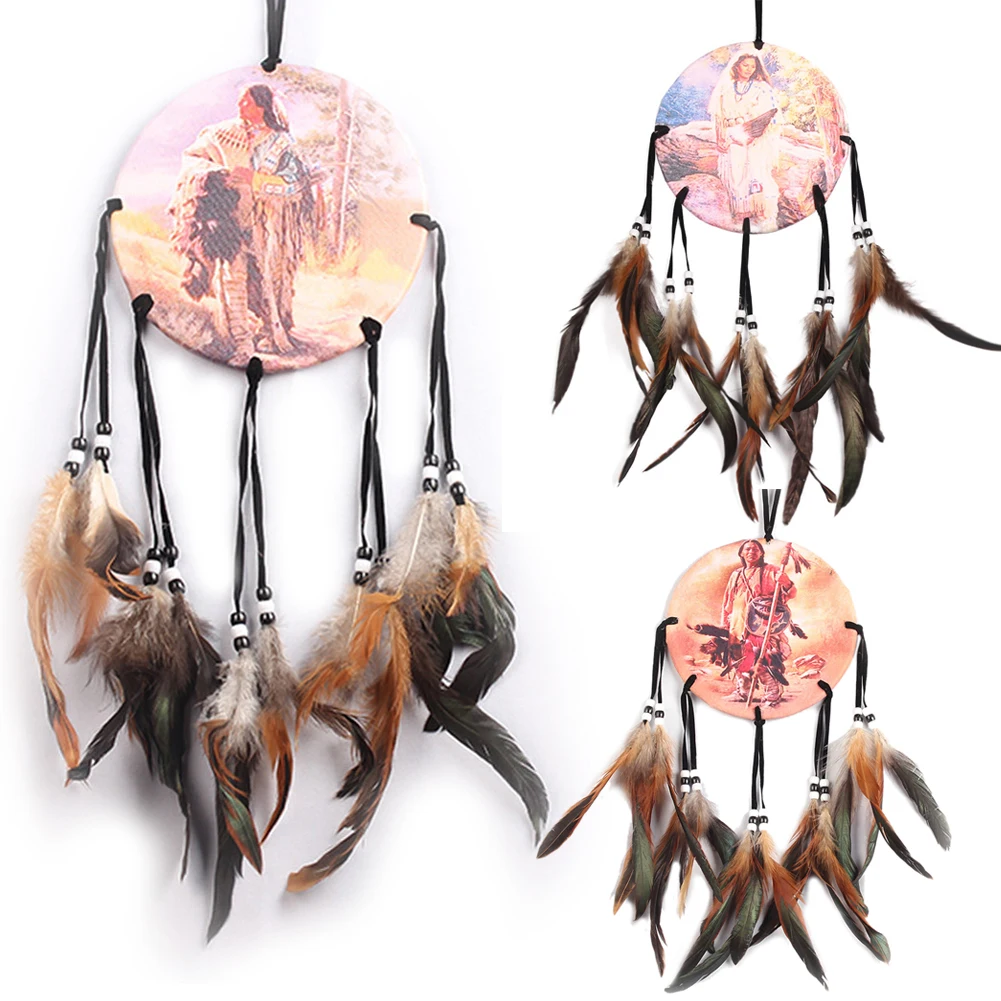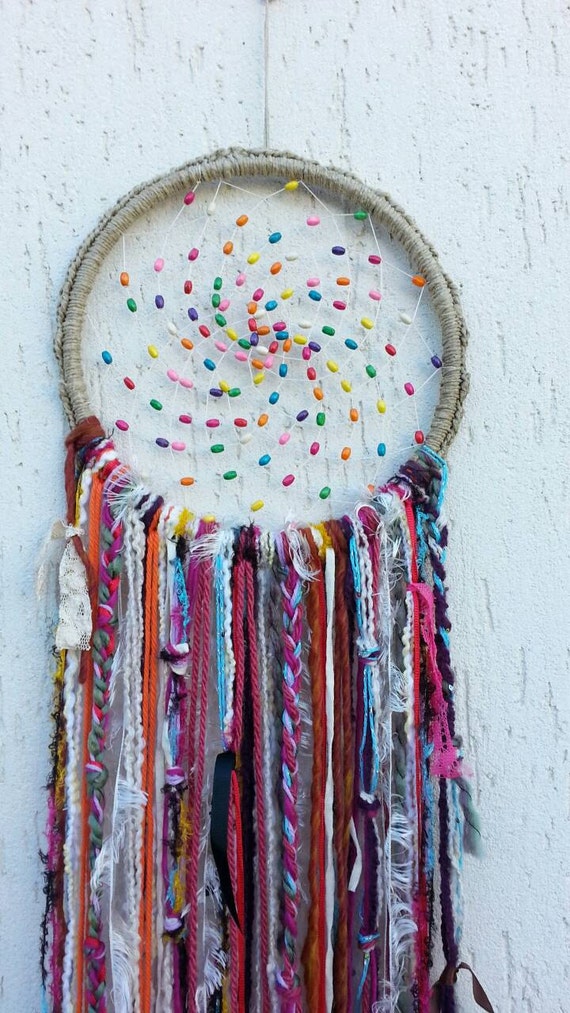Types Of Dream Catchers
The dream catcher is most commonly associated with Native American culture. Originating from the Ojibwe people, who lived primarily in the northern USA and Canada, the dream catcher shares a story that bends the the seams between dreams and reality.
Dream catchers were thought to have originated with the Ojibwe tribe, also known to many as the Chippewa Indians. And there are many stories about how the dream catcher came to be. The Ojibwe tribes used to tie strands of sinew in webs around a tear-shaped frame and then they would hang the dream catcher above a sleeping Native American child. Aug 17, 2018 However, they have different interpretations of dreamcatcher purpose. The Ojibwe people believe that the dreamcatcher will trap bad dreams and allow good dreams to pass through the small hole in the center and enter into a child or adult's dream state. According to Lakota legend, however, the dreamcatcher does the opposite. It is a 'dream catcher'—hung over a Chippewa Indian infant's cradle to keep bad dreams from passing through. 'I hope I can help my students become dream catchers,' she says of the 16 children in her class. In a two-room log cabin elementary school on a Chippewa reservation in Grand Portage' The Ladies' Home Journal 94 (1977), p.
Nowadays often seen in souvenir and gift shops or hanging off a bedroom wall, these handcrafted trinkets typically consist of a round, woven net of various fiber or red willow, and adorned with feathers, leather, beads, or various other materials differentiating from tribe to tribe.
The Ojibwe Dream Catcher Legend
The Ojibwe word for a dream catcher is ‘asabikeshiinh’. This term is the inanimate word for ‘spider’. According to American ethnographer ‘Frances Densmore‘, the origin of the dream catcher lies in a folktale of the Asibikaashi. The Asibikaashi were believed to be a type of human and spider hybrid, who along with Wanabozhoo, brought the sun to the people of the land.
After this, they became caretakers of the children, the tribe, and the land. The story goes on to say that as the Ojibwe tribe began to occupy more territory it became more taxing for the Asibikaashi to tend to all the land. This led to the tribal women spinning web shaped ornaments out of willow, sinew or cord to give to children and infants as protective charms. It was thought that these charms would catch any evil, or bad dreams that might be in the air, similar to how a spider web catches whatever flies into it.
The Lakota Dream Catcher Legend
Long ago, when the world was young, an old Lakota spiritual leader was on a high mountain. On the mountain, he had a vision. In his vision, Iktomi – the great trickster and teacher of wisdom – appeared in the form of a spider.
Iktomi spoke to him in a sacred language. Only spiritual leaders of the Lakota could understand. As Iktomi spoke, he took the elder’s willow hoop – which had feathers, horse hair, beads and offerings on it – and began to spin a web.
He spoke to the elder about the cycles of life and how we begin our lives as infants. We then move on to childhood and in to adulthood. Finally, we go to old age where we must be taken care of as infants, thus, completing the cycle.

Types Of Dream Catchers And Their Meanings
“But,” Iktomi said as he continued to spin his web, “in each time of life there are many forces – some good and some bad. If you listen to the good forces, they will steer you in the right direction. But, if you listen to the bad forces, they will hurt you and steer you in the wrong direction.”
He continued, “There are many forces and different directions that can help or interfere with the harmony of nature and also with the Great Spirit and all of his wonderful teachings.”
All while the spider spoke, he continued to weave his web … starting from the outside and working toward the center. When Iktomi finished speaking, he gave the Lakota elder the web and said, “See, the web is a perfect circle, but there is a hole in the center of the circle.”
“Use the web to help yourself and your people … to reach your goals and make use of your people’s ideas, dreams and visions. If you believe in the Great Spirit, the web will catch your good ideas, and the bad ones will go through the hole.” (Note: Some bands believe the bad ideas are caught in the web and the good ideas pass through to the individual. Either account is acceptable.)
The Lakota elder passed his vision on to his people. Now, the Sioux use the dream catchers as the web of their life. Traditionally, it is hung above their beds or in their homes to sift their dreams and visions. Good dreams are captured in the web of life and carried with them … but the evil dreams escape through the center’s hole and are no longer part of them. (Note: Some bands believe the bad ideas are caught in the web and the good ideas pass through to the individual. Either account is acceptable.)
Types Of Feathers On Dream Catcher

Lakota believe the dreamcatcher holds the destiny of their future.
Dream catchers are one of the most fascinating traditions of Native Americans. The traditional dream catcher was intended to protect the sleeping individual from negative dreams, while letting positive dreams through. The positive dreams would slip through the hole in the center of the dream catcher, and glide down the feathers to the sleeping person below. The negative dreams would get caught up in the web, and expire when the first rays of the sun struck them.
The dream catcher has been a part of Native American culture for generations. One element of Native American dream catcher relates to the tradition of the hoop. Some Native Americans of North America held the hoop in the highest esteem, because it symbolized strength and unity. Many symbols started around the hoop, and one of these symbols is the dream catcher.
Dream Catcher Lore:
Native Americans believe that the night air is filled with dreams both good and bad. The dream catcher when hung over or near your bed swinging freely in the air, catches the dreams as they flow by. The good dreams know how to pass through the dream catcher, slipping through the outer holes and slide down the soft feathers so gently that many times the sleeper does not know that he/she is dreaming. The bad dreams not knowing the way get tangled in the dream catcher and perish with the first light of the new day.
How the Dream Catcher is made:
Using a hoop of willow, and decorating it with findings, bits and pieces of everyday life, (feathers, arrow heads, beads, etc) the dream catcher is believed to have the power to catch all of a person’s dreams, trapping the bad ones, and letting only the good dreams pass through the dream catcher.